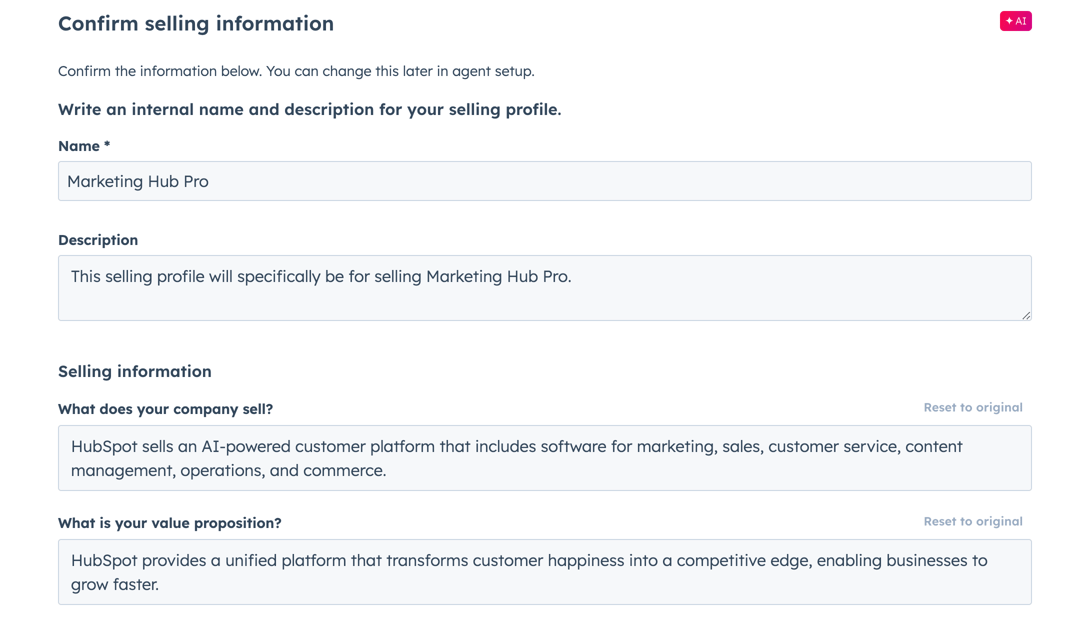5 Tips
When it comes to navigating the complex landscape of digital marketing, understanding the intricacies of search engine optimization (SEO) is paramount. One crucial aspect of SEO is the strategic use of keywords, which are essentially the words and phrases that users type into search engines like Google when looking for something. Here are five valuable tips on how to optimize your content with keywords effectively, ensuring that your website ranks higher and becomes more visible to your target audience.
1. Conduct Thorough Keyword Research
The foundation of any successful SEO strategy begins with thorough keyword research. This involves identifying the most relevant and high-traffic keywords related to your content, product, or service. Tools like Google Keyword Planner, Ahrefs, and SEMrush can be incredibly useful in this process. When conducting your research, consider long-tail keywords, which are more specific phrases with lower competition and higher conversion rates. For instance, instead of targeting “fitness tips,” you might target “fitness tips for beginners over 40,” which is more specific and likely to attract a dedicated audience.
2. Integrate Keywords Naturally
Once you’ve identified your target keywords, the next step is to integrate them naturally into your content. This means avoiding the temptation to stuff your content with keywords, a practice known as keyword stuffing, which can lead to penalties from search engines. Instead, aim for a keyword density of about 1-2%, ensuring that your content reads smoothly and authentically. Use your target keywords in the title of your page, in headings, and throughout the body of your content, but always prioritize readability and user experience.
3. Use Keyword Variation
Using variations of your target keywords can help you avoid repetition and make your content more engaging. This technique, known as keyword clustering, involves grouping related keywords together to create comprehensive content that covers all aspects of a topic. For example, if your main keyword is “sustainable living,” variations could include “eco-friendly practices,” “green lifestyle,” and “environmental conservation.” By incorporating these variations naturally into your content, you can improve your page’s relevance and authority on the subject.
4. Optimize Meta Tags with Keywords
Meta tags, including the title tag and meta description, are crucial elements of SEO. They provide search engines with important information about your page’s content and are often displayed in the search engine results pages (SERPs). Including your target keywords in these meta tags can improve your page’s visibility and click-through rate. Ensure that your title tag is descriptive, attention-grabbing, and includes your primary keyword. The meta description should provide a compelling summary of your content and include a call-to-action, along with your target keyword, to entice users to click through to your page.
5. Monitor and Adjust
SEO is not a one-time task but an ongoing process that requires continuous monitoring and adjustment. Use analytics tools like Google Analytics to track how your content is performing, which keywords are driving traffic to your site, and where you might need to improve. Based on this data, you can refine your keyword strategy, adjusting your content to better match what users are searching for. This might involve updating existing content with new keywords, creating new content that targets emerging trends, or even restructuring your website to improve user experience and search engine crawlability.
In conclusion, optimizing your content with keywords is a delicate balance between providing valuable, user-centric information and signaling to search engines that your page is relevant and authoritative. By conducting thorough keyword research, integrating keywords naturally, using keyword variation, optimizing meta tags, and continuously monitoring and adjusting your strategy, you can significantly improve your website’s visibility, drive more targeted traffic, and ultimately achieve your digital marketing goals.
